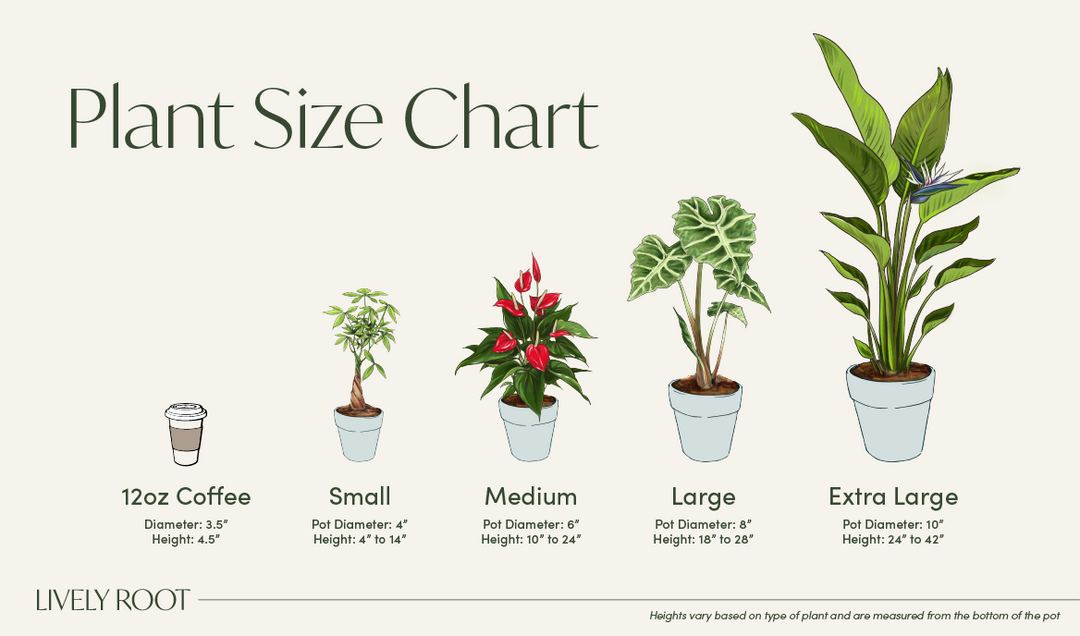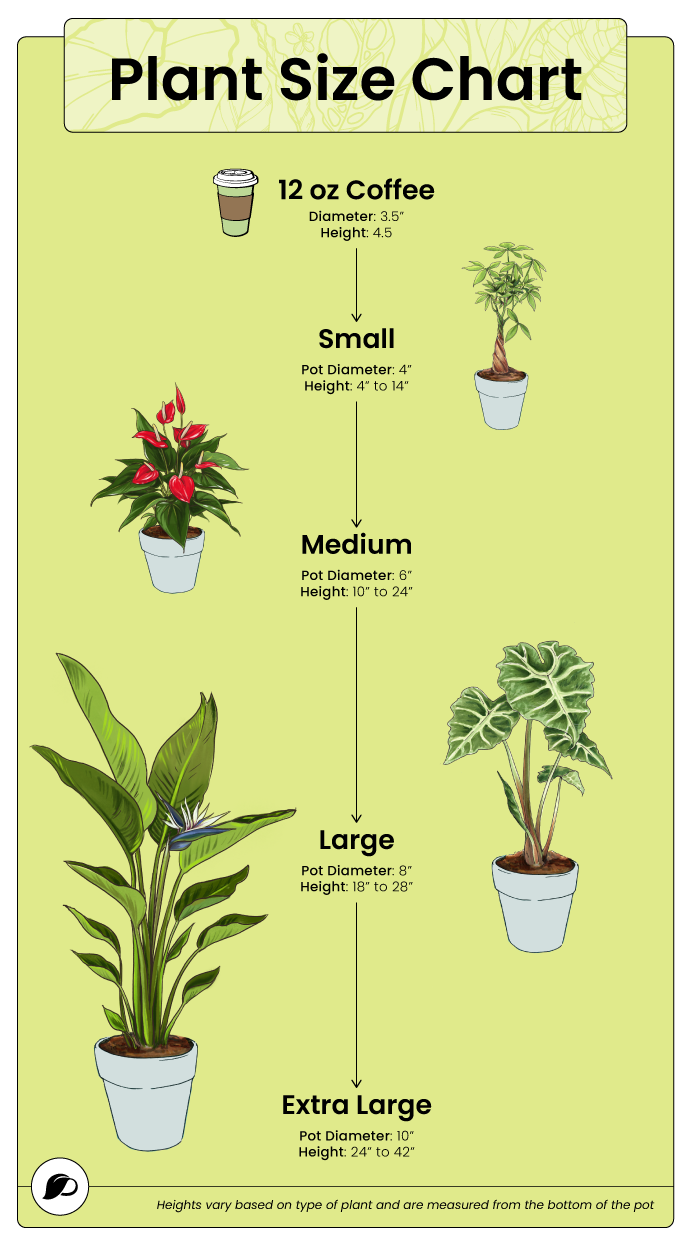Bright, direct sunlight
Orange Bird of Paradise Care Guide & Presentation

Orange Bird of Paradise: Overview
The Orange Bird of Paradise plant, scientifically known as Strelitzia reginae, is a stunning tropical plant renowned for its vibrant orange and blue flowers resembling a bird in flight. Belonging to the Strelitziaceae family, this exotic beauty originates from South Africa and thrives in warm climates (hardy zones 9-11). Typically growing up to 5 to 6 feet in height, this large plant boasts a long lifespan and requires ample sunlight to flourish. Its striking blooms and lush foliage make it a prized addition to any indoor or outdoor garden space. It’s important to note that the Orange Bird of Paradise is toxic to pets if ingested.
The Bird of Paradise flower symbolizes faithfulness, success, love, joy, paradise, and freedom. Other notable members of the Strelitzia genus include the Narrow-Leaved Bird of Paradise (Strelitzia juncea) and the Giant Bird of Paradise (Strelitzia nicolai).
Bird of Paradise Plant: Benefits
- Enhances indoor air quality by removing harmful toxins and purifying the air
- The Bird of Paradise flower adds a tropical touch to your living space, creating a vibrant and exotic ambiance.
- Promotes relaxation and stress relief with its captivating beauty and soothing presence.
- Boosts your overall well-being and mood by bringing a sense of tranquility and happiness.
Strelitzia Reginae Bird of Paradise: Alternative Names
- Crane Flower
- Paradise Plant
- African Bird of Paradise
- Strelitzia
Orange Bird of Paradise Plant: Care Guide
If you seek to grow an exotic addition to your indoor or outdoor green space, learn more about the Bird of Paradise care requirements to help this plant thrive.
Watering and Light
Water your Bird of Paradise once every 1-2 weeks with filtered or ‘overnight’ water. Ensure the soil is completely dry between watering sessions unless your plant is still very young. In this case, make sure the soil is slightly moist. Strelitzia reginae needs direct sunlight for optimal growth and flowering.
Temperature and Humidity
These houseplants thrive in warm temperatures above 60°F (15°C). To prevent issues, avoid cold or hot temperatures (above 100°F). Although the plant prefers low humidity, you can mist it occasionally during dry, hot weather.
Soil, Feeding, and Repotting
Plant in well-draining soil rich in organic matter. Fertilize monthly during the growing season with a balanced liquid fertilizer to support healthy growth and blooming. Repot young plants annually to encourage growth, but mature plants can be repotted every two to three years.
Pruning and Cleaning
Prune dead or damaged leaves, faded stalks, and spent blooms regularly. Use sterilized scissors and cut close to the base of the leaves. The best time to trim your Bird of Paradise plant is spring. Wipe the large leaves with a damp cloth to remove dust and pests.
Propagation
Propagate your Orange Bird of Paradise during repotting. Divide the plant’s root carefully with a sterilized knife. Dip the roots in rooting hormone and plant in fresh soil. Keep it moist but not soggy. Your new Strelitzia plant can also make the perfect gift for a friend.
Common Issues
Watch out for pests like spider mites and aphids, which can infest the plant, particularly in dry conditions. Browning leaf tips or curly leaves may indicate underwatering or low humidity, while yellowing leaves could signal overwatering or poor drainage. Adjust your care routine accordingly to address these problems promptly.
Strelitzia Reginae: Placement, Companion & Alternative Plants
When considering the placement of the Strelitzia Reginae, remember to provide it with ample space to spread its impressive foliage and vibrant blooms. Also, here are some considerations for alternative companion plant options to complement its striking appearance.
Best Locations & Uses
- This plant’s relatively easy-care nature makes it perfect for beginners or those with a busy lifestyle.
- Strelitzia reginae is ideal for homes with no pets.
- It flourishes in sunrooms or in warmer climates as an outdoor garden or patio plant.
- The plant is adaptable to low-humidity conditions and is suitable for indoor environments with drier air.
- With its grandeur and striking foliage, Orange Flower Bird of Paradise makes the ideal statement floor plant in spacious indoor areas.
Companion Plants
Enhance the beauty of your Bird of Paradise plant by pairing it with one of the following delightful companions:
- Zeylanica Snake Plant (Sansevieria trifasciata): Known for its striking vertical leaves, the Zeylanica Snake Plant complements the Bird of Paradise with its contrasting textures and easy-care nature.
- ZZ Plant (Zamioculcas zamiifolia): This resilient plant adds a touch of lush greenery to your space. The ZZ Plant harmonizes beautifully with the Bird of Paradise's tropical vibes while requiring minimal maintenance.
- Peace Lily (Spathiphyllum): With its elegant white blooms and glossy foliage, the Peace Lily complements the Bird of Paradise's vibrant hues, creating a serene and inviting atmosphere in any room.
Alternative Plants
Explore these pet-friendly alternatives to the Orange Bird of Paradise plant, offering similar aesthetic appeal and easy care.
- Neanthe Bella Palm (Chamaedorea elegans): With its graceful fronds and compact size, the Neanthe Bella Palm is a perfect choice for adding a touch of tropical elegance to your space.
- Chinese Money Plant (Pilea peperomioides): Known for its round, coin-shaped leaves and adorable appearance, the Chinese Money Plant is a charming addition to any indoor garden, it thrives in bright, indirect light.
- Boston Fern (Nephrolepis exaltata): With its lush, feathery fronds and air-purifying properties, the Boston Fern offers a refreshing green touch to your home while remaining safe for your furry friends.
Get Your Orange Bird of Paradise From LivelyRoot Today!
Transform your space and create a stunning indoor oasis today with the vibrant beauty of the Orange Bird of Paradise plant from Lively Root!
Customer Reviews
Follow us @livelyroot & show us your #livelyroot plants

